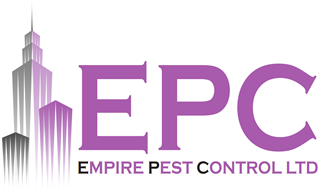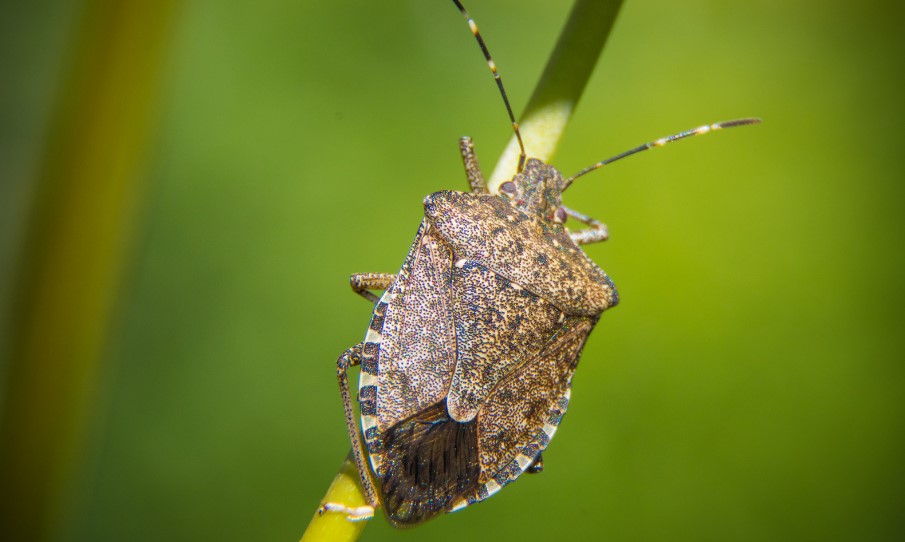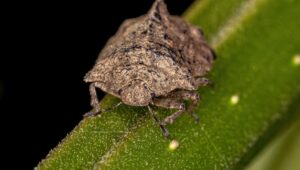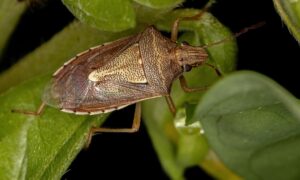Stink bugs are notorious pests that can be found invading homes across various regions. These insects are named for the unpleasant odour they emit when disturbed or crushed. Understanding the factors that attract stink bugs to your house is essential in preventing infestations and minimizing their presence. In this article, we will explore the reasons behind what attracts stink bugs in your house and discuss practical strategies for keeping them at bay.
What are Stink Bugs?
Stink bugs are usually called by their scientific name Halyomorpha halys. They are brown marmorated species with medium to large sizes, which are mostly seen where the crops and green plants are inside the house. Stink bugs are not harmful to humans. They are only harmful to the crops and plants in the garden or the farm, and also they are devastating to the landscape plants around the house.
Stink bugs typically seek shelter indoors during fall as they prepare for winter. As temperatures drop, these pests search for warm places to hibernate. Consequently, homeowners may observe an influx of stink bugs in their houses during this period.
What Attracts Stink Bugs in Your House?
Stink bugs are primarily herbivorous and feed on a wide range of plants and crops. Let’s see the reasons why exactly they are attracted to come inside the house.
Attracted to Food Sources
If your home is near gardens, orchards, or agricultural fields, ripe fruits, vegetables, or flowering plants may attract these insects. Stink bugs can detect these food sources from a considerable distance, leading them to venture into residential areas in search of sustenance.
Attracted to Light Sources
Like many other insects, stink bugs are attracted to light sources, especially at night. If you have bright outdoor lights or porch lights near your home, they may draw stink bugs toward your property. The bugs may accumulate around windows or doors, seeking a way to enter the house. Consider using less attractive or yellow-coloured outdoor lighting to minimize their attraction.
Attracted to Warmth and Moisture
Stink bugs are attracted to warm and moist environments. During cooler months like October to January, they seek out sheltered areas that provide stable temperatures and humidity. Your home’s heating system, sunlit areas, and damp basements can appeal to stink bugs. Ensuring proper insulation and reducing moisture levels in your home can help make it less attractive to these pests.
How to Prevent Stink Bugs from Getting into the House?
To keep stink bugs from infesting your house, consider the following pest prevention measures:
Seal Entry Points
Inspect your home for cracks, gaps, or openings that stink bugs could use to enter. Seal these entry points with caulk or weatherstripping to prevent the access of stink bugs.
Install Screens
Ensure that all windows, vents, and openings have properly fitting screens to keep stink bugs out while allowing ventilation.
Remove Attractants
Trim vegetation near your house, especially if you have a garden or fruit trees. Regularly clean up fallen fruits and dispose of them away from your home.
Use Light Strategies
Use yellow or less attractive outdoor lighting, or keep your porch lights off to prevent pest infestation in your house.
Vacuum or Capture
If you notice stink bugs indoors, use a vacuum cleaner to remove them, or capture them with a jar and release them outside.
Conclusion
Understanding the factors of what attracts stink bugs in your house is crucial for effective prevention and control. By implementing the preventive measures mentioned above or seeking help from pest control services, you can minimize their attraction and reduce the likelihood of infestations.





